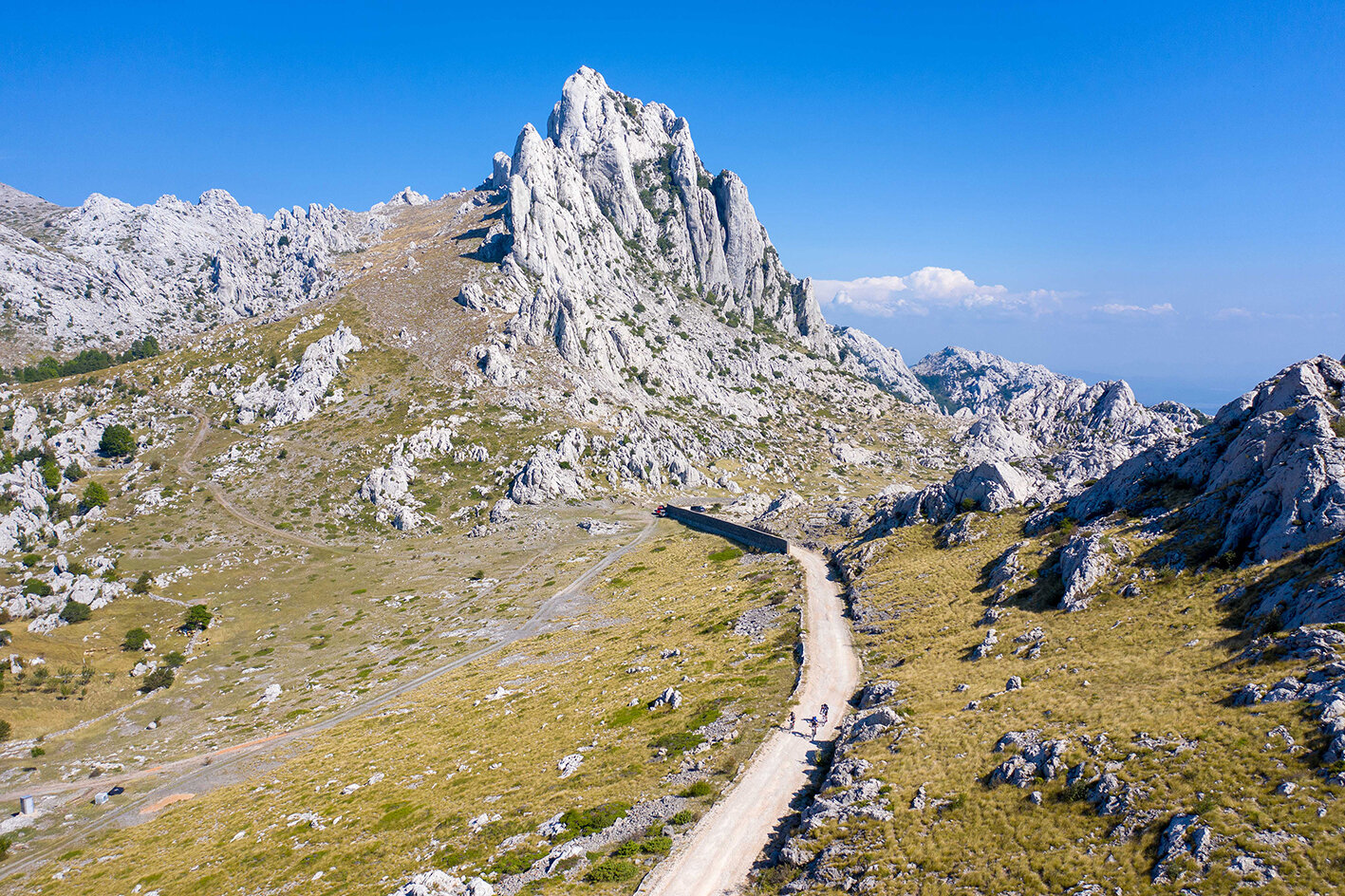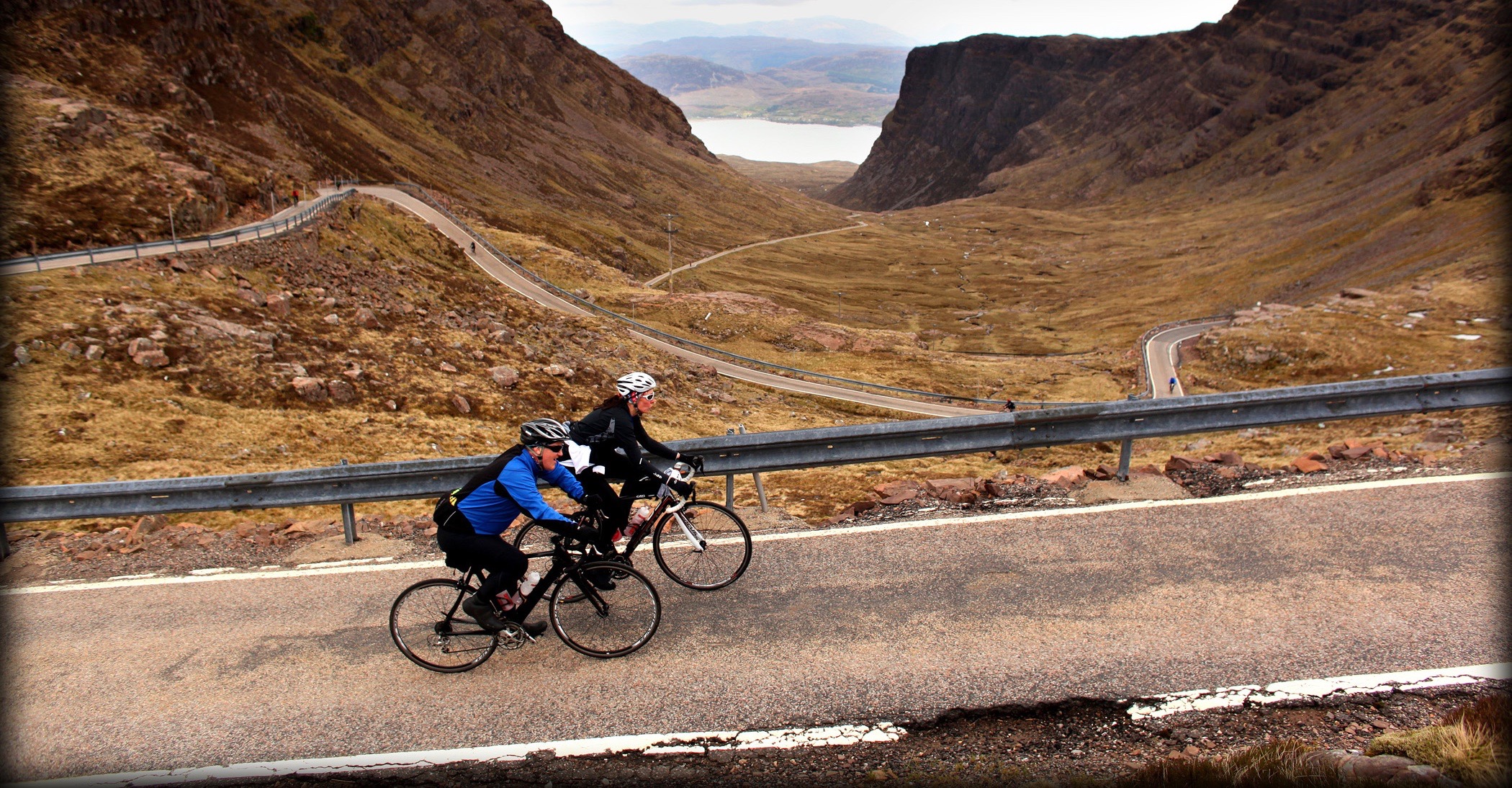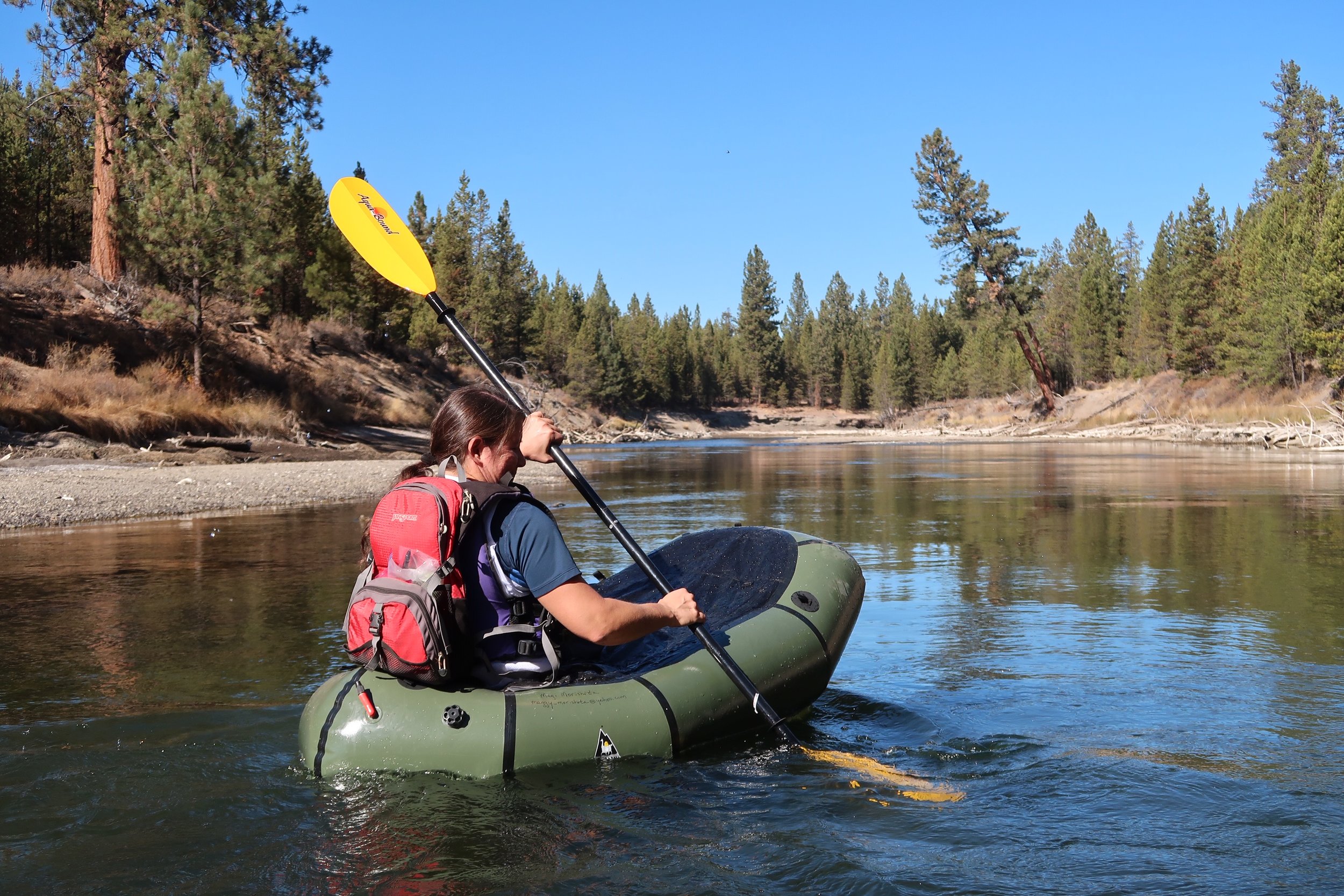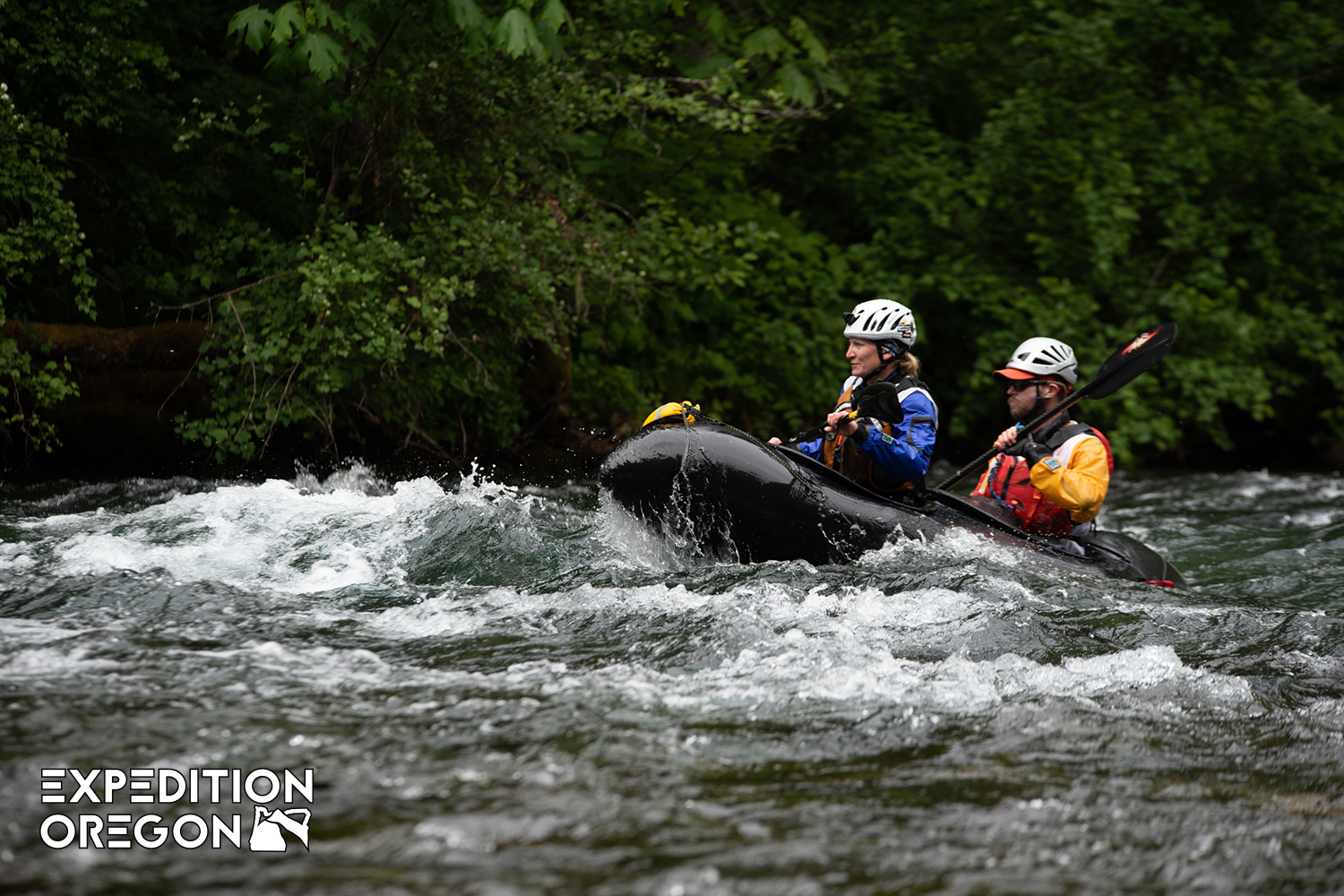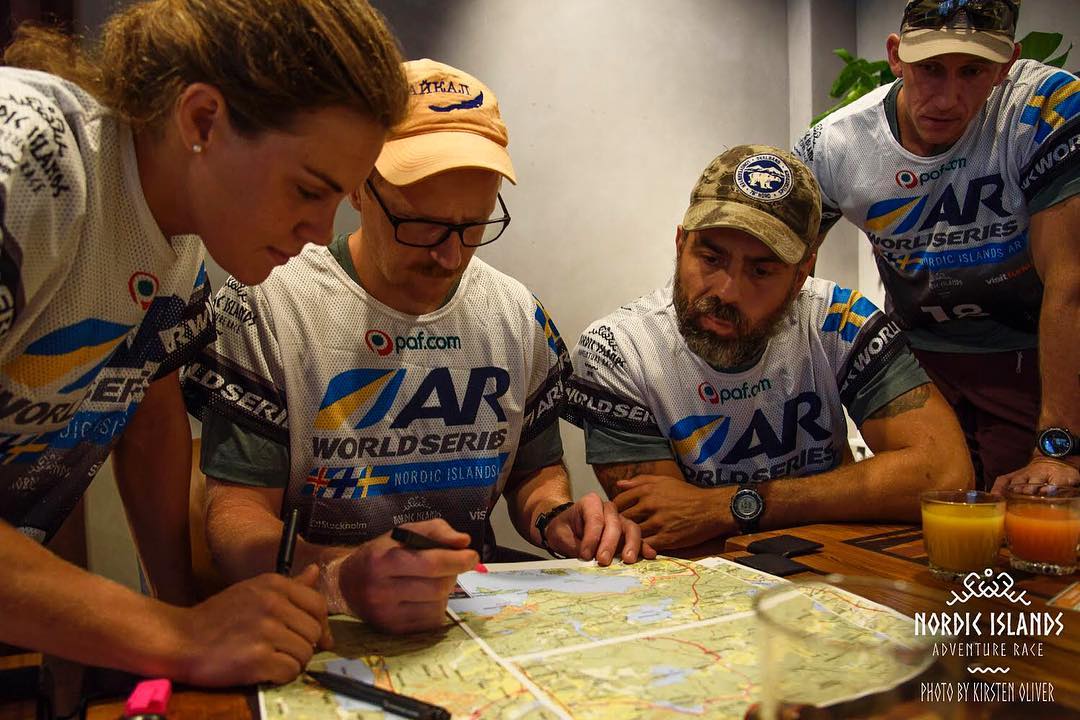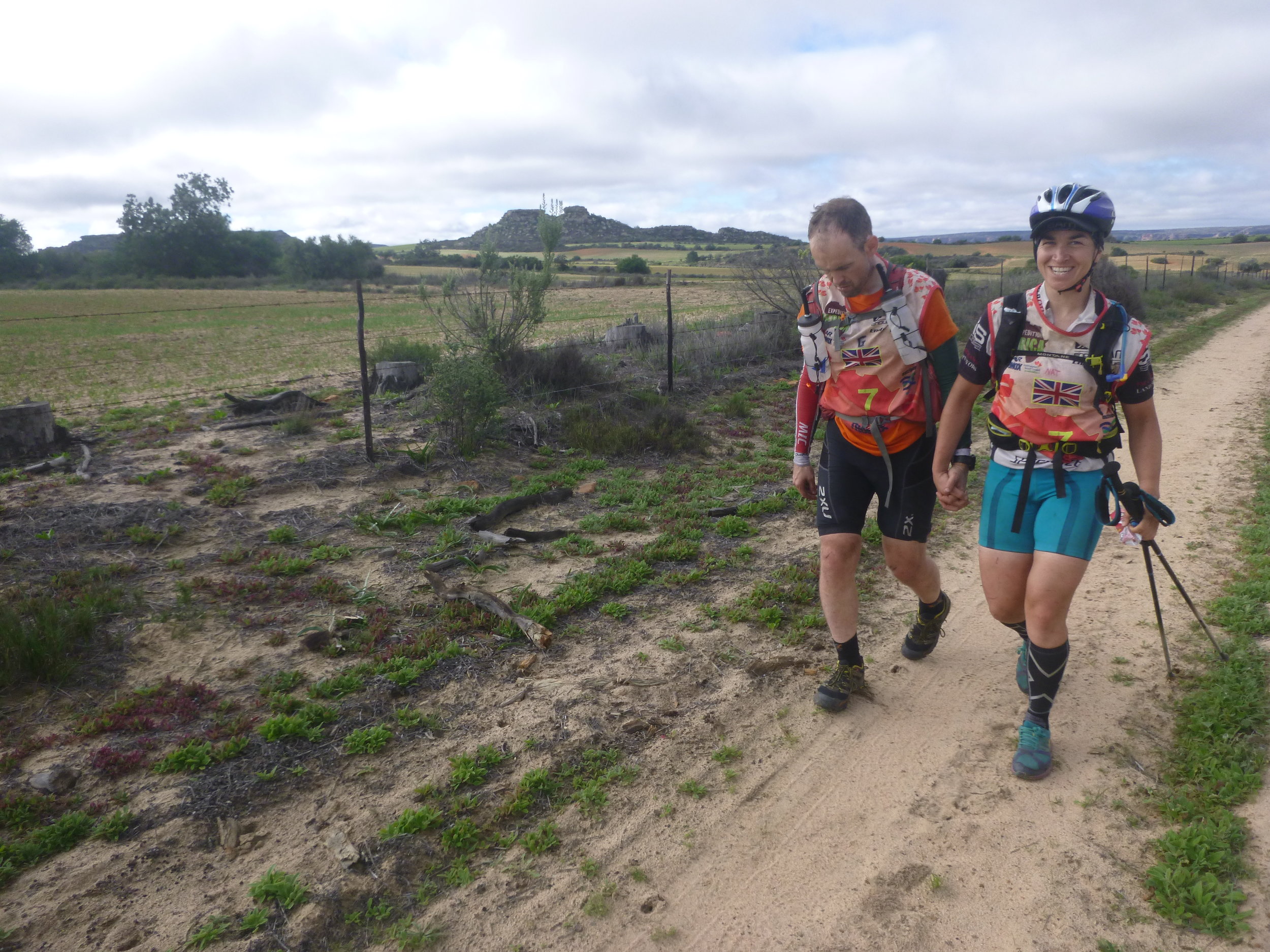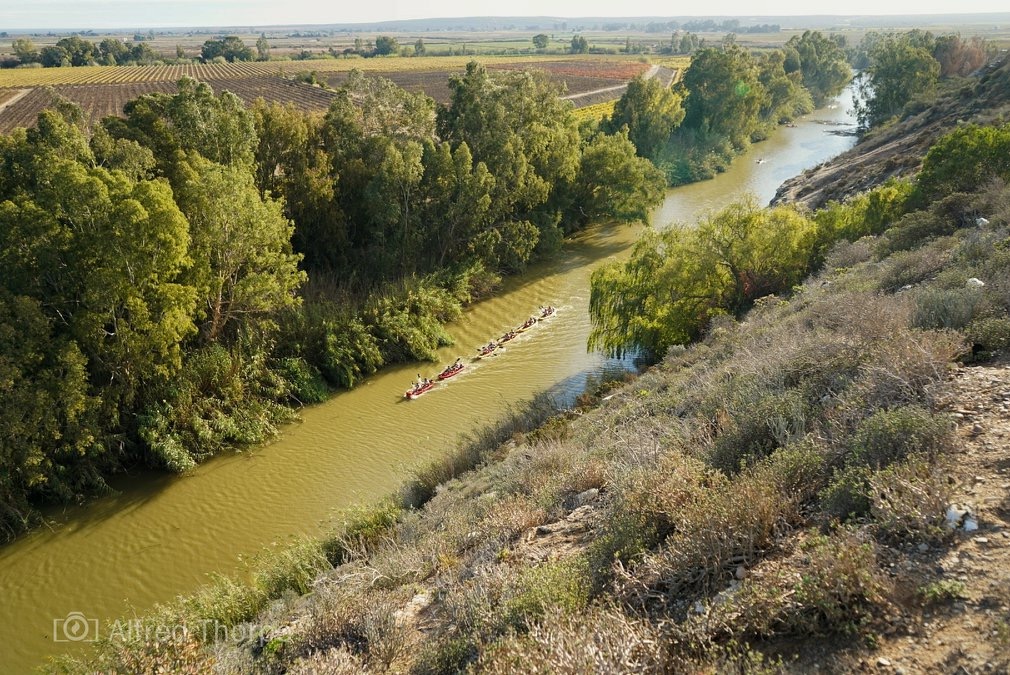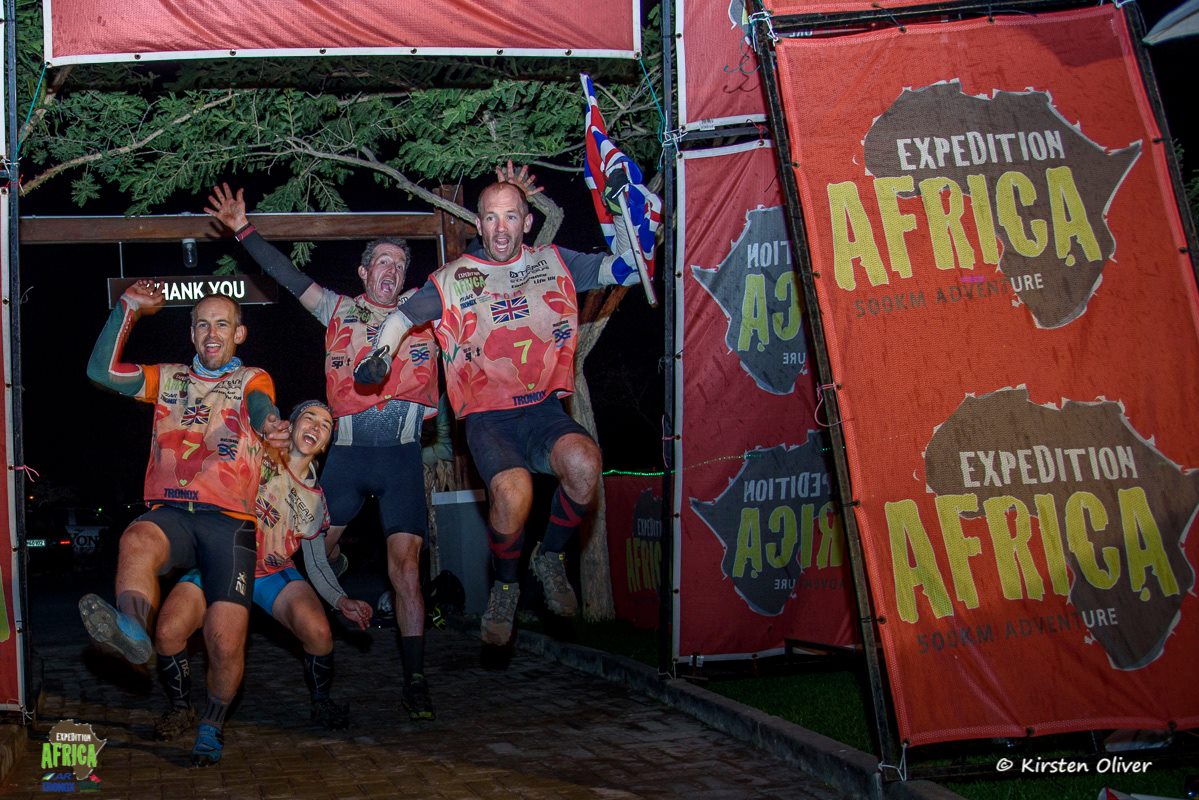ITERA, the UK’s only expedition-length adventure race, is one of seven events - cycling sportives, mountain runs and adventure races - staged by event director James Thurlow of Open Adventure. Here he looks forward to ITERA 2021 in August, describing the pain and pleasure of organising a 5-day adventure race over the hills, coasts and lochs of Scotland.
ITERA 2021 will be will based around Oban on the west coast (14th-21st August) and will consist of a 600-kilometre course for mixed teams of four. There will be sections of kayaking, mountain-biking and hiking in the mountains, doubtless some swimming, probably some rope-work and definitely some complex navigation. Itera is a part of the Adventure Racing World Series.
See more about Itera and Open Adventure. All images credited Cédric Lauzier
James Thurlow at the start of Itera 2019
Ideas and early plans
James Thurlow: We run ITERA every other year – the last event was in 2019, previous to that it was 2016 and alternate years back to 2010. I love staging the event, but after 2016, which was a particularly difficult race, it was two good friends Paul McGreal and Tom Gibbs who talked me into running it again in 2019.
We have a fair idea of what works for these races and we set ourselves a high standard - ultimately it is about putting on a world class event. But Tom won the World Champs in 2009 (in Portugal with Team Helly Hansen) and has competed in over 30 expedition races, and Paul is behind the Keswick Mountain Festival, Ironman Edinburgh and the Celtman Triathlon – and importantly he also competed in ITERA 2012 and 2014 - so both of them know the sport and the event from the inside.
About Oban
We chose Oban as it provides a new area for the event. It has great accommodation options, a large venue and a very welcoming feel. There are not many places like it in the UK, a small town right on the coast but not far from the mountains. Of course participants won’t know exactly where they are going until they register at the start line in August, but it’s a beautiful part of the country.
About Planning
Organising ITERA is a two year process for us – I liken it to staging 10 different events, just making sure that the finish of one lines up with the start of the next one.
Scotland’s access laws (the roaming rights introduced in 2003) do support staging events like this, but still we must have dealt with 40 or 50 different groups and authorities – local community associations, landowners, councils, mountain rescue teams, national parks. There’s a presumption of access, so sometime we’re letting them know we’ll be in the area in advance; in other cases we’re asking permission. Over the years we have hit a few impasses with access – again it helps if you start planning early. It can become quite desperate if you find out you have an issue just a few weeks to go before the event.
Interestingly, for all ITERA being a big event on the world adventure racing scene – and at 55 teams of four it will be one of the largest expedition races ever held – the numbers involved are still relatively small in comparison with many other UK events and so ITERA is quite unobtrusive. The teams can be spread over tens of miles in some cases.
How do the finances work?
Top of the brief... not to lose money. The budget for the staging of the course, all the logistics and venue hire, comes from the entry fees paid by the teams themselves. Beyond that, any extras - like a reception or a special stage - are funded by a sponsor.
If sponsorship options come our way we do explore them, but we tend not actively to seek sponsorship. It means that when we launched Itera 2021 we were confident we could run it without having to wait on sponsor deals or putting ourselves in a position of cancelling because deals fell through. Our experience is that financial support - particularly at the moment - is hard to come by and a lot of work can go in to it.
Conversely over the years, we have engaged with local suppliers and businesses to work with the event. In 2019 we used the Glenmorangie Whisky Distillery as a Transition Area and they also provided prizes and miniatures for teams at the finish line. The local chamber of commerce supported the event with a reception at the civic hall in Inverness.
Less visible costs
There are a few paid staff, specialists in charge of elements such as a rope section and water safety, and then we have around 30 or 40 volunteers who get a daily allowance for food which they pick up as they move from one point on the course to the next. We rent our vehicles and sometimes there are access fees, or perhaps a council charge to use a car park. And then things break, of course, so we might have to get another vehicle.
We hire a lot of venues, which can be very expensive, but they are crucial to the event. Our thinking is that if teams can get themselves sorted somewhere warm and dry, then they are likely to go back out onto the course a lot better prepared than if they have to get changed in a wet field at 2 in the morning. And it is Scotland after all…
But the big costs are always around paddling. As soon as you put a boat in the water it costs a lot of money – especially if you poke it out to sea. Powerboats with drivers that can cope with rough conditions are not cheap but very much needed for what we put on. The UK is rightly very tight on water safety – so the level of support we provide is often way above similar events overseas.
What are the biggest logistical challenges? Are they helped by support crews?
To be honest the logistics of the race revolve around paddling too – in the end it’s all about where we can go and the contingency plans that we need to put in place.
Paul McGreal
The volunteers advance through the course with the competitors, managing the Transition Areas and Special Stages. They are split into four teams and each has four points to cover along the route. We make sure the timings are not too tight and that enables the teams to get enough sleep. It’s one thing for competitors, but we don’t want exhausted volunteers on the course. We have a race doctor and a lot of the volunteers are first aid trained, but the teams are encouraged to be self reliant and often they sort themselves out anyway.
We don’t have support crews for the teams, which are rarely used in international adventure races (Eco Challenge is unusual). They mean a lot more organisation – there are a lot more people and a lot more vehicles. 50 teams would equate to 50 extra vehicles at a tiny village hall down a narrow remote road. I guess there’s also an environmental impact: it’s hard to justify having 50 extra vehicles with 50 extra people when it can all be done with three trucks. And although the logistics would be slightly easier for us – with support crews shifting the bicycles and gear boxes around - we would still have to move boats. One thing that’s missing without them is the camaraderie and the fun that support teams bring, which is difficult to match. I was support to Team Helly Hansen when they won the Adventure Racing World Championships in 2009 in Portugal and I had a great time.
Tom Gibbs
How do you balance experienced teams and novices? Do you want everyone to finish?
Personally I want to see as many teams finish as possible; the more the better – people don’t pay good money to get kicked out of events and that’s one of the reasons we provide somewhere warm and dry at transitions, to give them the best chance of finishing. Getting 90% of teams to the finish line, whether full course or short course, would make me happy.
We can predict timings over the course down to a couple of hours, but of course we can’t predict the weather – and a hiking section in driving rain can reduce a team’s speed by as much as 20% - so we build flexibility into the course - some checkpoints we know we will remove if the weather gets bad. And then we have short course options – so if a team’s out there for the experience and is concerned about missing a cut-off and being timed out, then they can decide not to visit a control on, say, a mountain: they get a time penalty and they’re put into the short course rankings. I suspect only around 10-15 teams will do the full course; out of 50. The limit depends on how long we can keep the finish line open for – which is generally 24hrs. We want to get everyone in by the prize giving ceremony on the Friday night.
There is a saying: before the start 80% of competitors will see it as a race and 20% as an expedition. Within 24hrs, 80% will see it as an expedition and 20% a race.
What is a successful course?
I create an environment and a journey where the outcome is uncertain and people are drawn to that. So a good race has the right mix of disciplines, getting people to do things they would NEVER normally do and achieving a journey they never thought possible.










